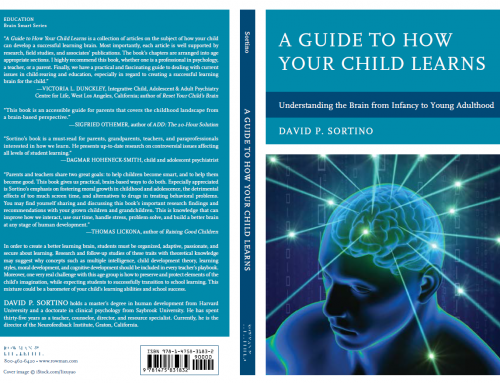The proliferation of cellphone offenses cited by a recent crackdown by police in Petaluma is frightening. Not only is the presence of danger for drivers, walkers, and bikers frightening, but also disturbing is the fact that all segments of our society seem to be committing this offense.
In other words, cellphone abuse is occurring not only with teens, young adults, and the adult population, but is occurring with all ages and economic and educational groups.
A 3000-pound car can be as dangerous as a loaded gun. Combining driving with cellphone use can be like playing Russian roulette. That is, you do it once and nothing happens. You do it again and still nothing, but ultimately your luck runs out and the result can be a serious accident, resulting in death or injury to yourself, some unsuspected motorist and his occupants or a young child biking to the park for the day. Moreover, the personal psychological damage that follows the event becomes a lifelong experience for those involved.
The notion that it can’t happen to me illustrates a highest degree of stupidity, laced with a high dosage of denial.
Disregarding ego strength factors, one only needs to look at brain research to put to rest the notion of it can’t happen to me. Rather, it will happen to you. The brain cannot physiologically function effectively when you combine driving with cellphone use. Regardless of how effective one believes his level of sensory and gross motor abilities appear to be, it is dangerous to drive and use a cellphone simultaneously.
For example, there is something called your working memory containing a central control mechanism and two subordinate components or in this case driving and cellphone use. The central control mechanism manages the interactions between driving and cellphone use and long-term memory or denial. Further, an area called the phonological loop is the mechanism that uses auditory signals (listening and talking) to code information into working memory. Another part of the equation is called the visual spatial sketchpad which allows for encoding information into working memory, which forms the dangerous combination of visual and spatial codes while driving and texting.
Unfortunately, when working memory is processing new information (cellphone use), the visual spatial component can become so activated that it has difficulty filtering out non-related images. The driver can become so distracted by irrelevant sights along the road, such as other cars, pedestrians, that he will disregard the most immediate traffic cues.
Therefore, the problem is not simply a can or can not do argument, it is an issue with the actual physiology of the brain.
Simultaneous driving and cellphone use needs to be elevated to a level associated with extreme hazard to safety of self and others. Bottom line – the punishment simply does not fit the crime. We need to see our civilized, intelligent behavior as a major requirement for having a license to drive.
Dr. David Sortino, a psychologist and current Director of Educational Strategies, a private consulting company catering to teachers, parents, students. To contact Dr. Sortino, e-mail davidsortino@comcast or on his blog: Dr. David Sortino – Santa Rosa Press Democrat.


